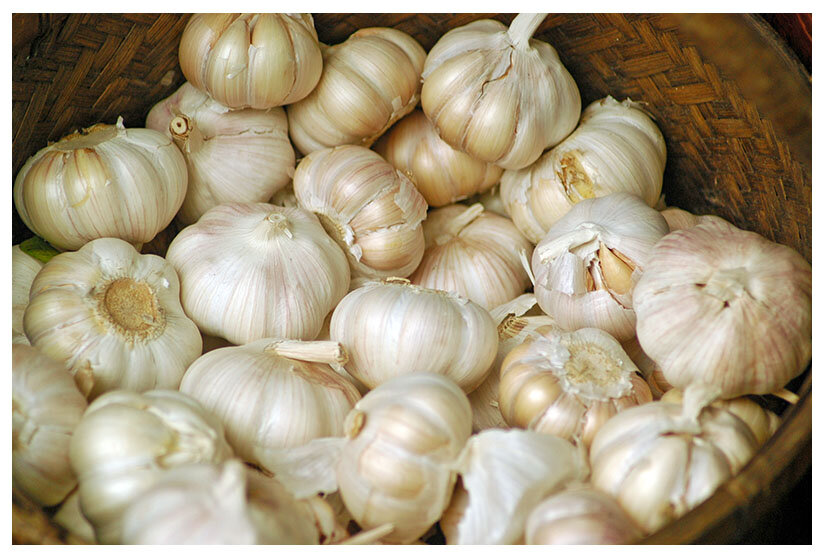Dracula beware because it’s garlic season and Heather from Country Herbals has put together this fact sheet all about growing garlic. Grab your shovel (leave the stake) and head out to the garden to cultivate some of your own.

Nearly all garlic falls into 11 relatively distinct groups, Artichoke, Creole, Middle Eastern, Porcelain, Purple Stripe, Glazed Purple Stripe, Marbled Purple Stripe, Rocambole, Silverskin, and Turban and will be either Softneck or Hardneck types.
Softnecks do not produce a flower (Scape) while Hardnecks do.

The main compound found in garlic in ‘Allicin’ and is formed when the bulb is cut or bruised. Garlic has antiseptic, antibiotic and anti-microbial properties, while sprouted cloves have been shown to have increased anti-oxidant activity, so don’t throw them out!
Garlic sprays are excellent for getting rid of pests in the garden especially cabbage white caterpillers.
Garlic is especially good for poultry but should never be fed to house pets. Use dry skins and leaves in nesting boxes and bedding in the chook house.

‘Elephant” garlic is not a true garlic (Allium sativum) but more closely related to Leeks (Allium ampeloprasum var. porrum). It is easier to grow and mild in flavour. It was widely grown around old orchards and gardens. Flower heads dry well for arrangements.
Garlic is sensitive to day-length, bulbs and cloves form in response to lengthening day-light hours in Spring with bulbs only starting to swell as days get longer. Varieties vary with planting times from mid-March to end of May. Varieties and types need different climatic conditions with some more suited to warm areas, others to colder regions. The only place that garlic will not thrive is in the tropics.
